The curb stop valve riser pipe, a vital component of your water supply system, plays a crucial role in regulating water flow and ensuring access to clean water. This guide delves into the intricacies of this essential pipe, providing a comprehensive understanding of its purpose, materials, installation, maintenance, and troubleshooting.
Curb stop valve riser pipes are typically made from durable materials like copper, brass, or PVC and are designed to withstand the rigors of underground installation. They connect the curb stop valve to the water main, allowing for easy access to shut off the water supply in case of emergencies or repairs.
Definition and Purpose
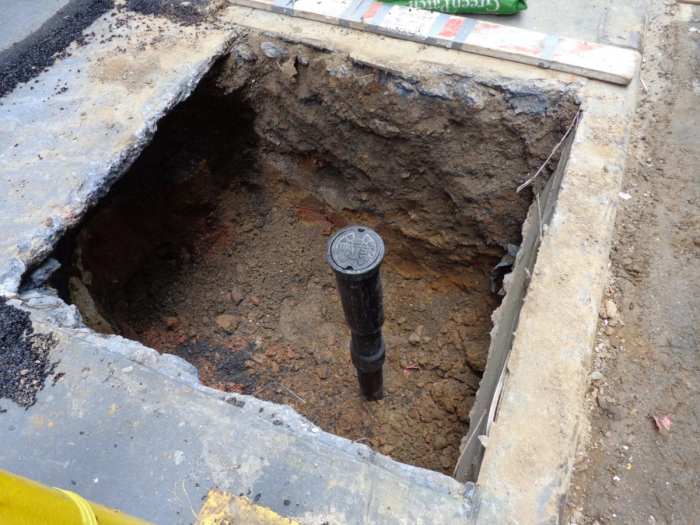
A curb stop valve riser pipe is a crucial component in a water distribution system. It is a vertical pipe that connects the curb stop valve, located underground near the curb, to the water meter and the rest of the plumbing system within a building.
Its primary function is to provide access to the curb stop valve, allowing for easy shut-off of water supply to the building in case of emergencies, repairs, or maintenance.
Curb stop valve riser pipes, those unsung heroes of plumbing, deserve a little recognition. Just like the journey described in into my own robert frost , they connect the hidden depths to the surface, ensuring a steady flow of water to our homes.
They may not be as glamorous as some other plumbing fixtures, but they play a vital role in keeping our homes comfortable and healthy.
Location and Function
The curb stop valve riser pipe is typically installed in a readily accessible location near the property line, often in a small box or enclosure. It extends from the curb stop valve, which is buried underground, up to the water meter and the main water supply line entering the building.
When the curb stop valve needs to be operated, a wrench or special key is used to turn the valve handle located on the top of the riser pipe, effectively shutting off the water flow to the building.
Materials and Design: Curb Stop Valve Riser Pipe
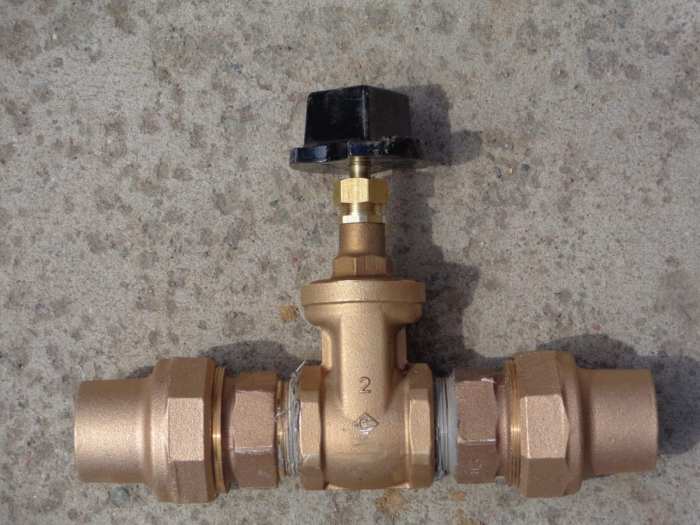
Curb stop valve riser pipes are typically made of durable materials that can withstand the elements and the pressure of the water supply. Common materials include:
- Copper
- Galvanized steel
- Brass
- PVC
The design of curb stop valve riser pipes is relatively simple. They are typically straight pipes with a flange or threads at one end for connecting to the curb stop valve and a threaded or compression fitting at the other end for connecting to the water supply line.
The pipes are typically 12 to 18 inches long and 1/2 to 1 inch in diameter.
Dimensions and Shapes
The dimensions and shapes of curb stop valve riser pipes are determined by the specific application. The length of the pipe is determined by the distance between the curb stop valve and the water supply line. The diameter of the pipe is determined by the flow rate required for the application.
Installation and Maintenance
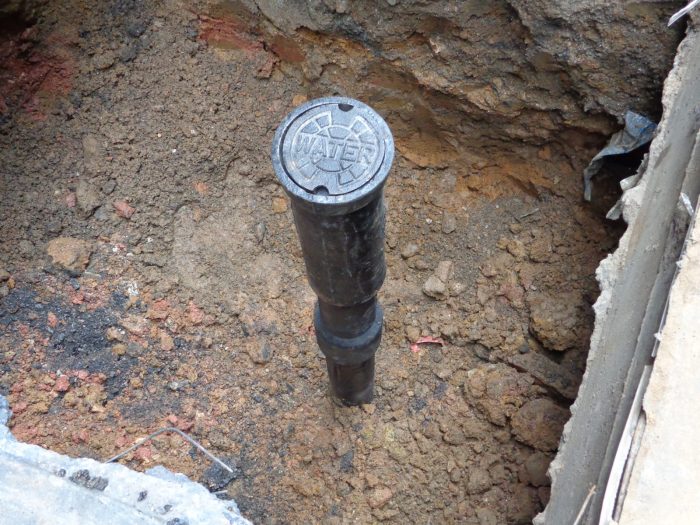
The installation of curb stop valve riser pipes is a crucial step to ensure their proper functioning. This process involves precise measurements, excavation, and careful assembly.
Once installed, regular maintenance is essential to maintain their functionality and prevent potential issues. This includes periodic inspections, cleaning, and lubrication.
Installation
The installation process typically involves the following steps:
- Locate the curb stop valve and determine the desired location for the riser pipe.
- Excavate a hole deep enough to accommodate the riser pipe and allow for proper drainage.
- Assemble the riser pipe by connecting the base flange to the curb stop valve and the extension pipe to the base flange.
- Place the riser pipe in the excavated hole and secure it with backfill material, such as gravel or compacted soil.
- Connect the extension pipe to the water main or service line.
- Test the riser pipe for leaks and ensure proper water flow.
Maintenance, Curb stop valve riser pipe
Regular maintenance is essential to ensure the longevity and proper functioning of curb stop valve riser pipes.
- Periodic Inspections:Regularly inspect the riser pipe for any visible damage, corrosion, or leaks.
- Cleaning:Clean the riser pipe and its components to remove dirt, debris, or mineral buildup that may obstruct water flow.
- Lubrication:Lubricate the moving parts of the curb stop valve to ensure smooth operation and prevent seizing.
Types and Applications
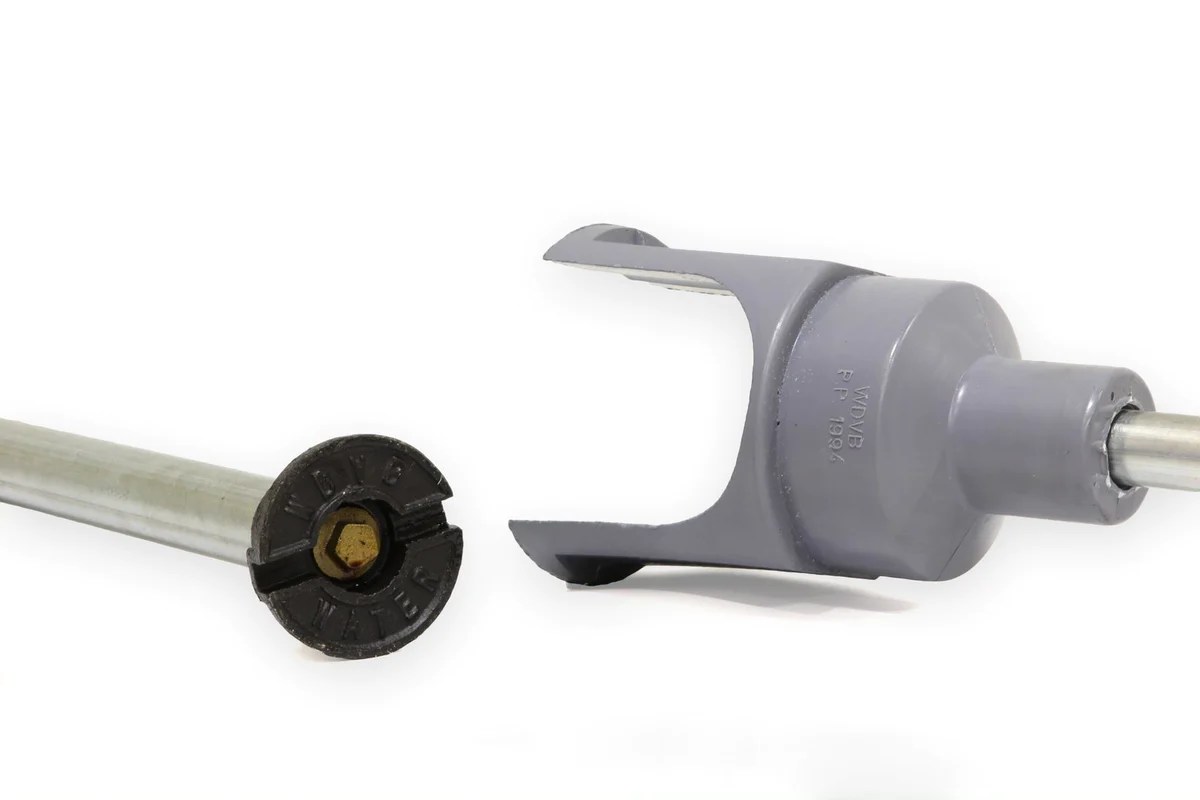
Curb stop valve riser pipes come in various types, each designed for specific applications. Understanding these types and their suitability is crucial for selecting the most appropriate option for different scenarios.
The primary factor influencing the choice of curb stop valve riser pipe is the pressure rating. It is essential to ensure that the pipe can withstand the water pressure in the system. Other factors to consider include the material, length, and diameter of the pipe.
Types of Curb Stop Valve Riser Pipes
- Polyethylene (PE) Pipes:PE pipes are lightweight, flexible, and resistant to corrosion. They are commonly used in residential and commercial applications due to their ease of installation and low cost. However, PE pipes have a lower pressure rating compared to other types.
- Copper Pipes:Copper pipes are durable, corrosion-resistant, and can withstand high pressure. They are often used in commercial and industrial applications where reliability and longevity are paramount. However, copper pipes are more expensive than PE pipes.
- Galvanized Steel Pipes:Galvanized steel pipes are strong and can withstand high pressure. They are typically used in outdoor applications where durability is a priority. However, galvanized steel pipes are susceptible to corrosion and may require additional protection.
Troubleshooting and Repairs
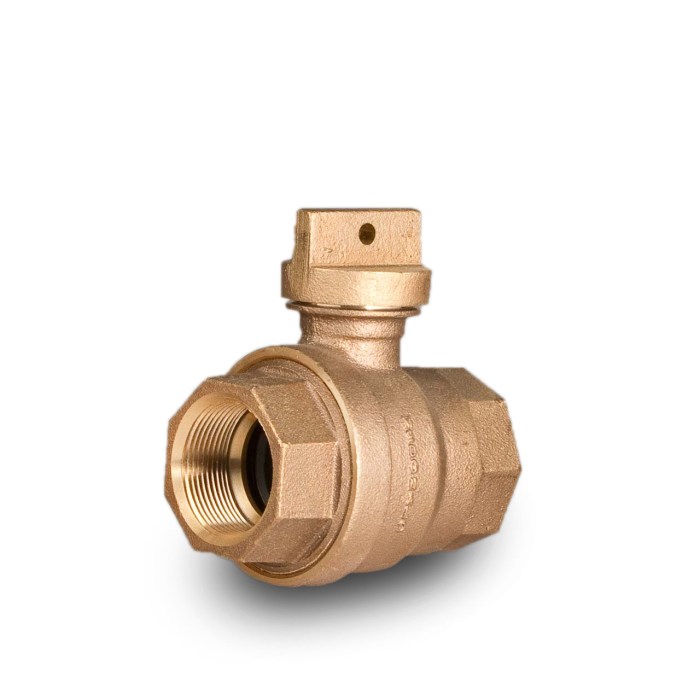
Curb stop valve riser pipes are typically reliable components of water distribution systems. However, like any other plumbing component, they can encounter issues that require troubleshooting and repairs.
Common problems associated with curb stop valve riser pipes include leaks, corrosion, and damage from external forces. Addressing these issues promptly is essential to maintain the integrity of the water supply system and prevent further damage.
Leaks
- Leaks can occur at the connection points between the riser pipe and the curb stop valve or the water main. Tightening the connections or replacing worn-out gaskets or seals can resolve these leaks.
- Leaks can also develop in the riser pipe itself due to corrosion or damage. Repairing these leaks may involve replacing the damaged section of the pipe or applying a repair clamp.
Corrosion
- Corrosion is a common issue in metal riser pipes, especially in areas with high moisture or corrosive soil conditions. Corrosion can weaken the pipe and lead to leaks or even complete failure.
- To address corrosion, the affected section of the pipe can be replaced with a corrosion-resistant material, such as PVC or polyethylene.
Damage from External Forces
- Riser pipes can be damaged by external forces such as accidental impacts, ground movement, or freezing temperatures.
- If the damage is minor, it may be possible to repair the pipe using a repair clamp or epoxy. However, in cases of severe damage, the entire riser pipe may need to be replaced.
Helpful Answers
What is the purpose of a curb stop valve riser pipe?
A curb stop valve riser pipe connects the curb stop valve to the water main, allowing for easy access to shut off the water supply in case of emergencies or repairs.
What are the common materials used in curb stop valve riser pipes?
Curb stop valve riser pipes are typically made from durable materials like copper, brass, or PVC.
How often should I inspect my curb stop valve riser pipe?
It is recommended to inspect your curb stop valve riser pipe annually for any signs of leaks, corrosion, or damage.